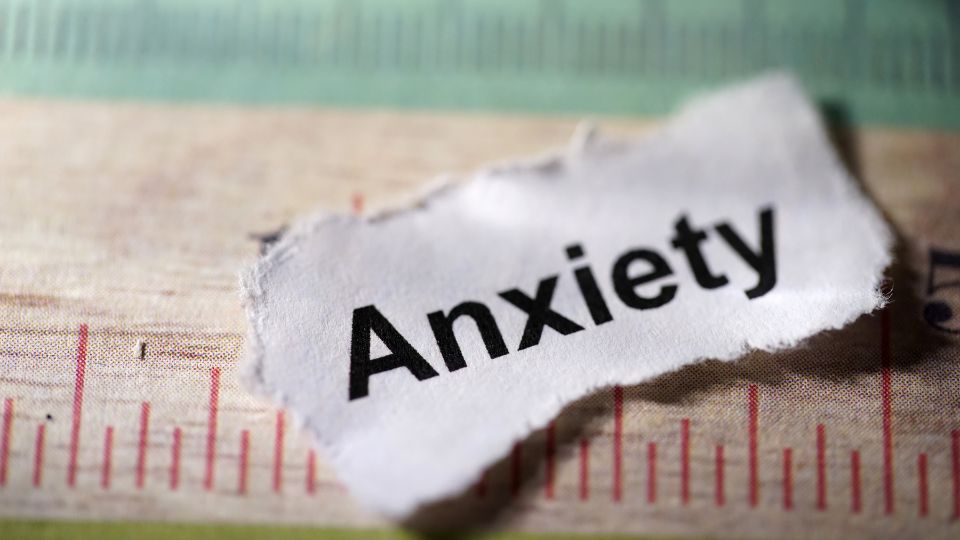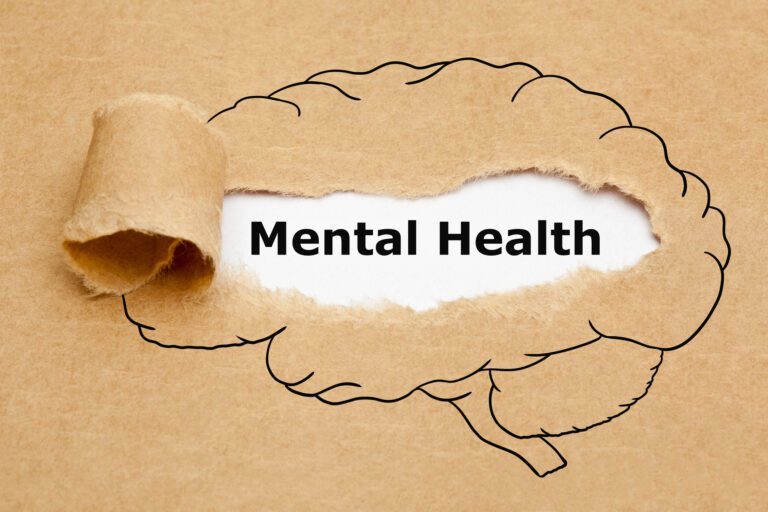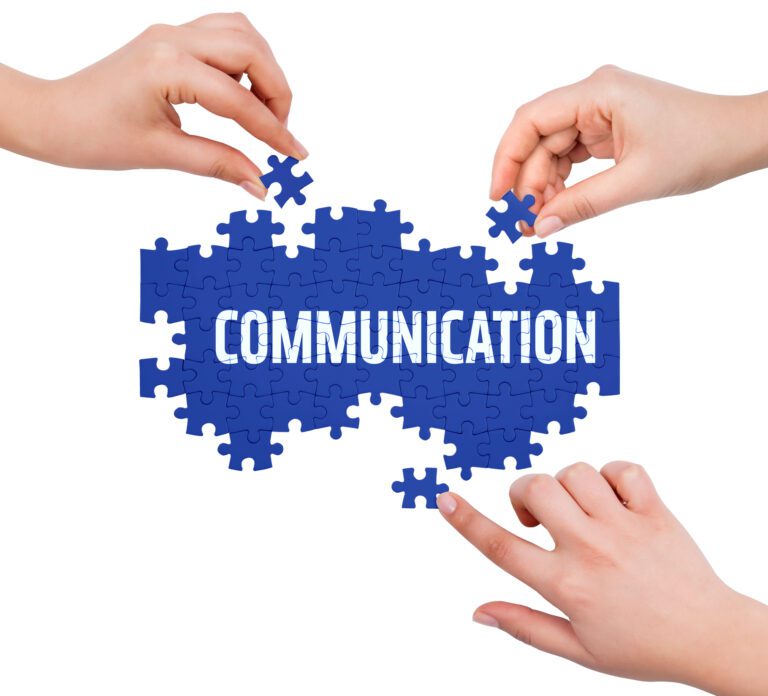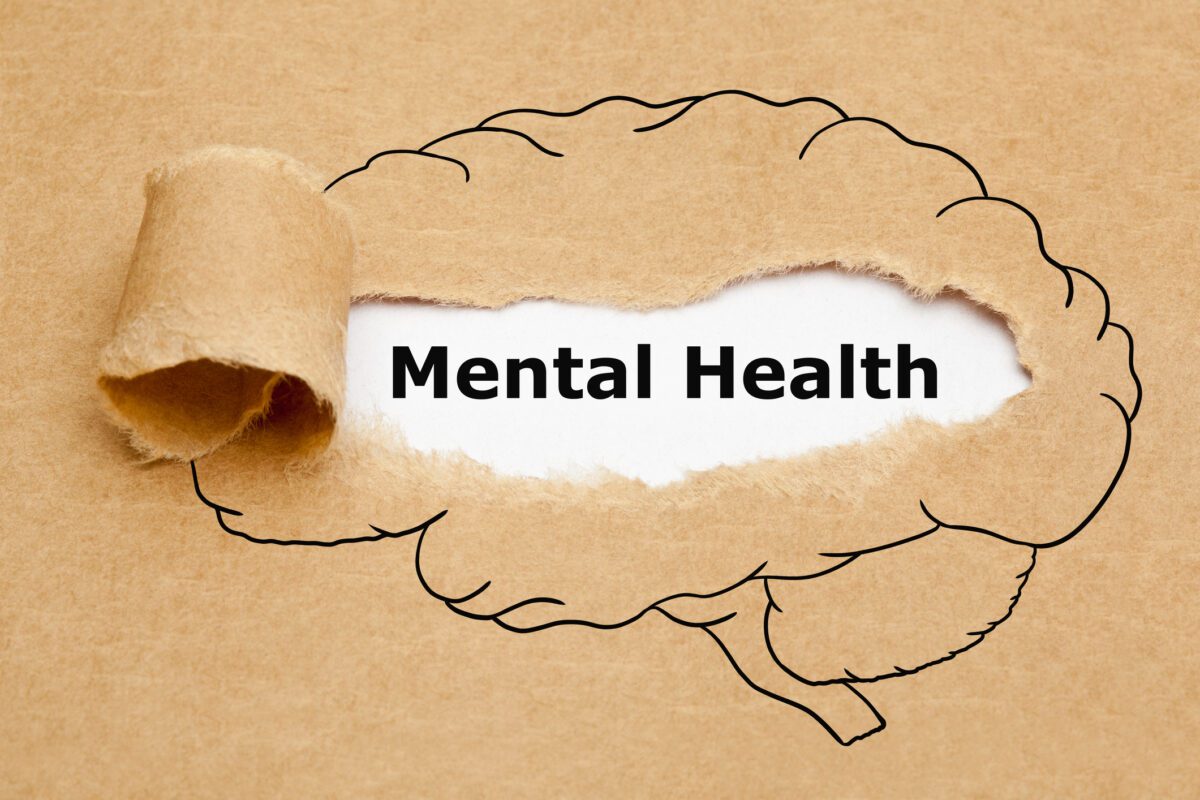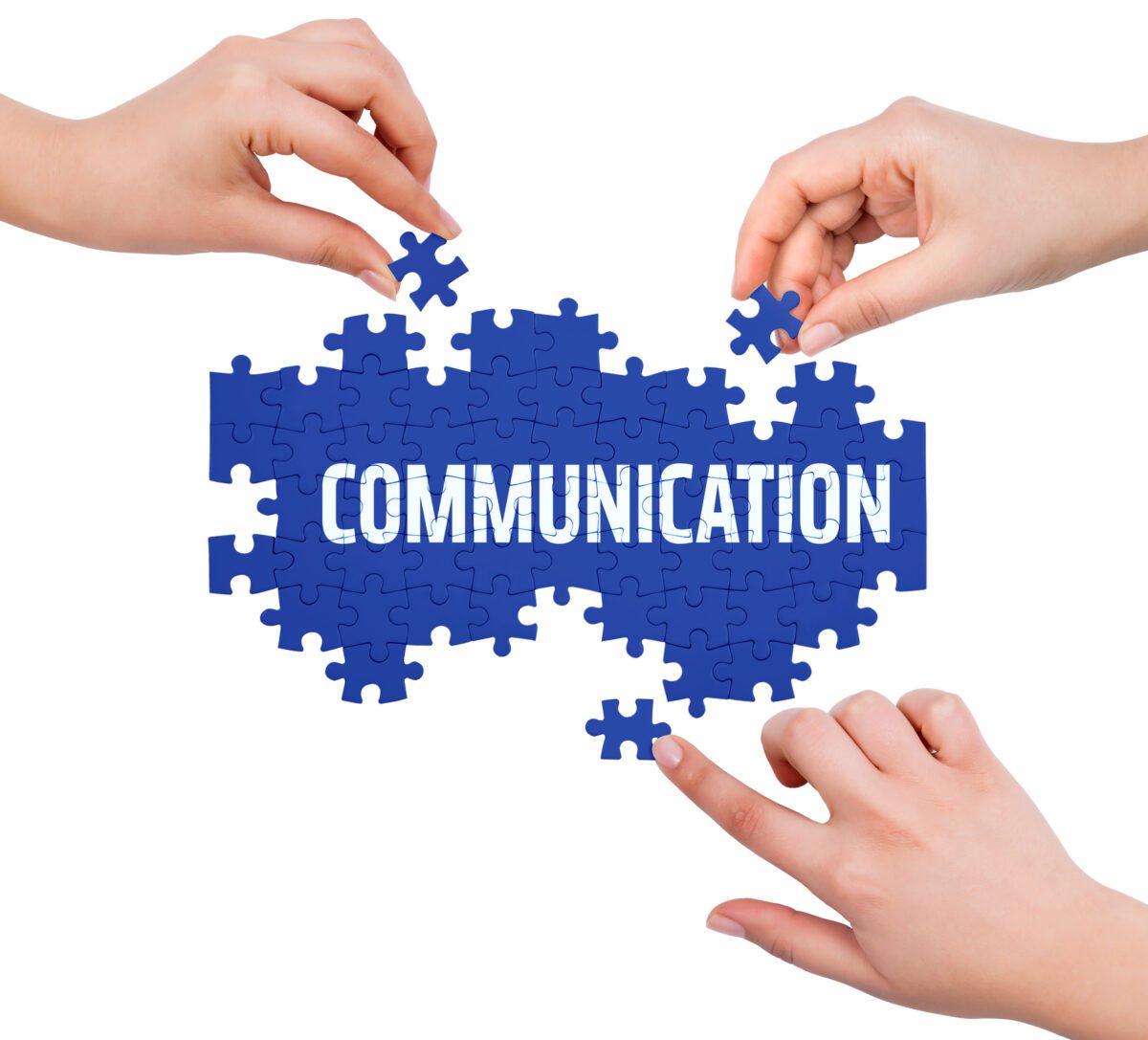Anxiety disorders are the most common mental health disorder in the United States, affecting 40 million adults, or nearly 1 in 5 people. Moreover, this figure does not include the millions more who suffer from anxiety in other countries. In this blog post, I will discuss the three major types of anxiety disorders to help with your understanding.
1. Generalized Anxiety Disorder (GAD)
GAD is characterized by excessive worry and anxiety that is difficult to control. People with GAD may have a hard time relaxing and feel tense much of the time. This is because their bodies are in a constant “fight-or-flight” state. It can further lead to physical symptoms such as headaches, muscle tension, fatigue, trouble sleeping, and irritability. Individuals suffering from GAD may also often have difficulty concentrating and may feel like their minds are “racing,” and as a result, they may avoid social situations.
People with GAD often have a family history of anxiety or other mental health disorders. It is also more common in women than men because women tend to have higher levels of the stress hormone cortisol. GAD can be treated with medication, therapy, or a combination of both. Along with this, you may also check out the tips to manage anxiety so that you can follow some self-help strategies.
2. Panic Disorder
Panic disorder is one of the most common types of anxiety disorder distinguished by recurrent, unexpected panic attacks. A panic attack is a period of intense fear or discomfort that comes on suddenly and peaks within minutes. During a panic attack, you may experience physical symptoms such as a pounding heart, shortness of breath, sweating, trembling, and a feeling of impending doom. Panic attacks can last from a few minutes to several hours and may happen even when you are not in a dangerous situation.
Panic disorder is twice as common in women as men and usually begins in young adulthood. It is often accompanied by other anxiety disorders or depression. Medication, therapy, or a combination of the two can also be used to treat panic disorder. It will also help if you get sufficient sleep, exercise regularly, and eat a healthy diet, as these can help reduce stress and anxiety.
3. Post-Traumatic Stress Disorder (PTSD)
PTSD can develop after an individual experience a traumatic event, such as a natural disaster, serious accident, terrorist attack, wartime combat, or sexual assault. It could be anything that has left them feeling terrified, helpless, or alone. People with PTSD often relive the event through flashbacks and nightmares. They may feel isolated and become detached from the people and activities they once enjoyed. They may also constantly be on edge and/or struggle to concentrate or sleep.
If you think you might have PTSD, it is important to seek professional help. A mental health provider can diagnose PTSD and develop a treatment plan. Treatment usually includes medication and talk therapy. You may also find it helpful to join a support group, where you can share your experiences with other people who understand what you are going through. It is crucial that you do not bottle up your feelings as this can make PTSD worse and lead to other problems such as depression and anxiety.
The Bottom Line
If you or someone you know is suffering, please get in touch with me for anxiety disorder in Lisle, and I will be more than happy to help. Together we will get through this! Stay strong!

